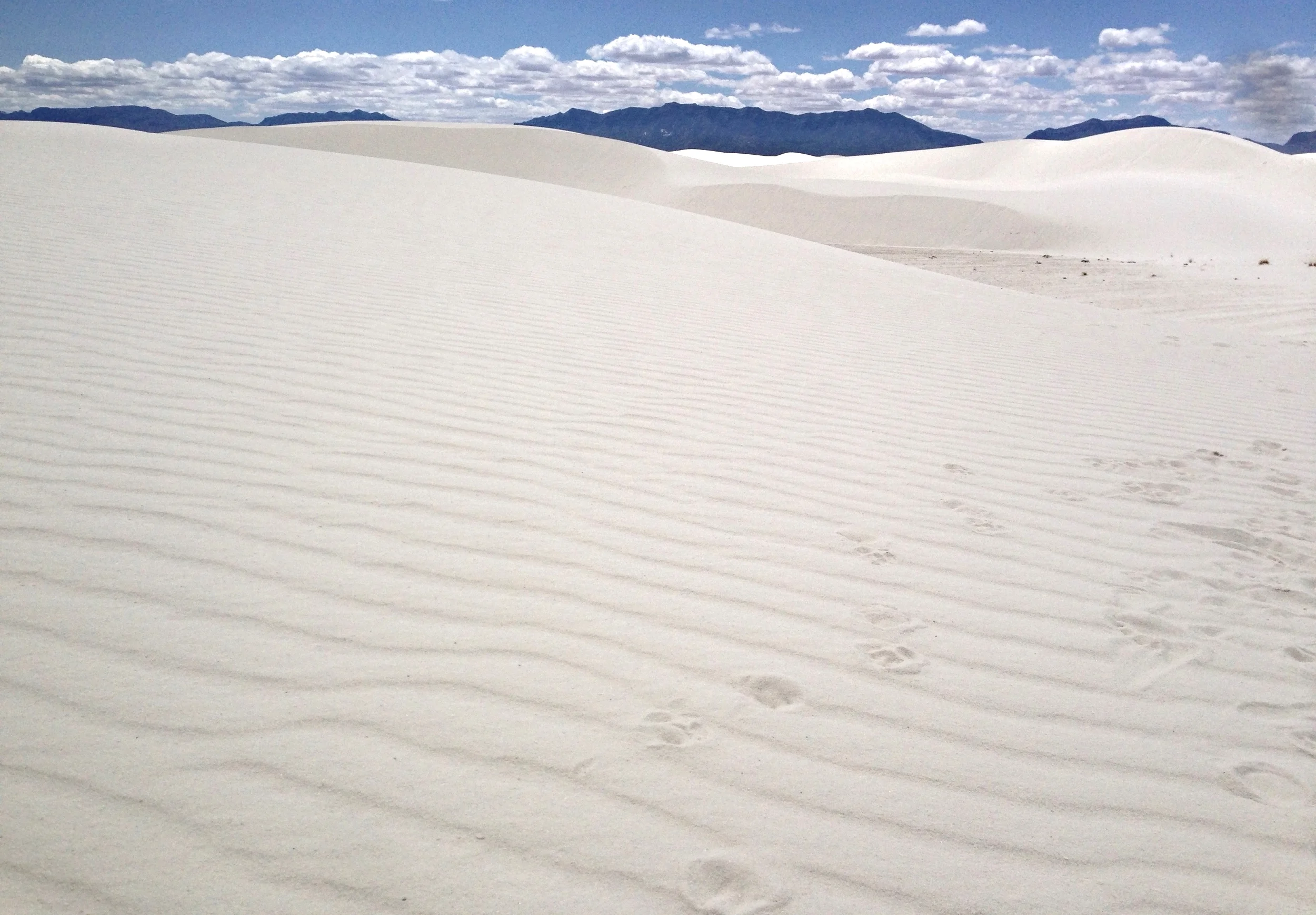The World's Smartest Ghost Town
/Something big is about to happen down in the desert of southern New Mexico: a billion dollars’ worth of construction. That’s how much Pegasus Global Holdings expects to spend building a new city from scratch in the dry expanse between White Sands National Monument and the Mexican border.
But while it will sprawl over 15 square miles and have all the infrastructure to support a population of 35,000, this city won’t become home to humans. Instead it will serve as the world’s largest laboratory, a life-size model of urban, suburban, and rural living where researchers can test cutting-edge technology without disrupting anyone’s daily life.
This is CITE, the Center for Innovation, Testing and Evaluation, and if all goes well it could break ground this year and go to work in 2018...
Read More



